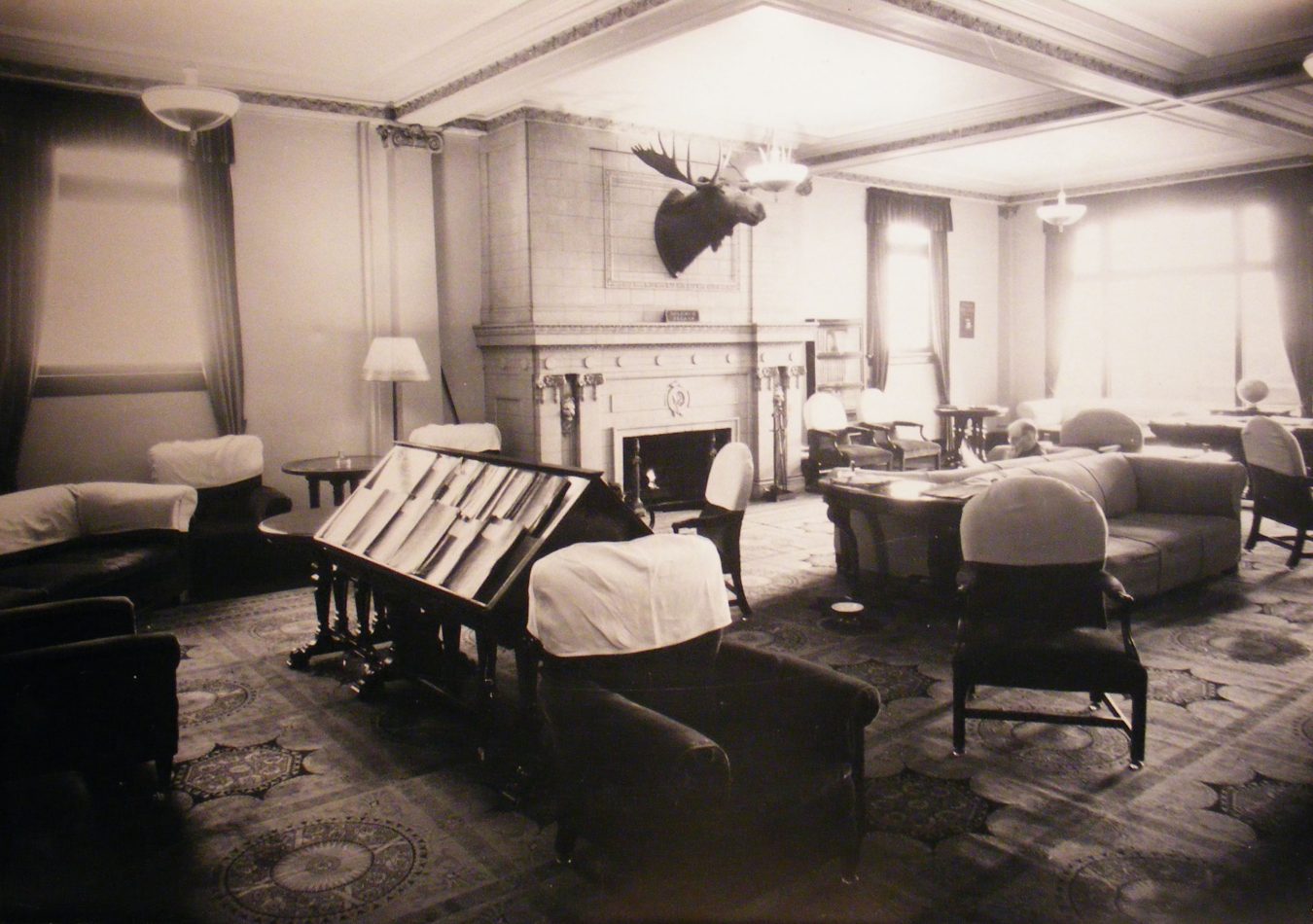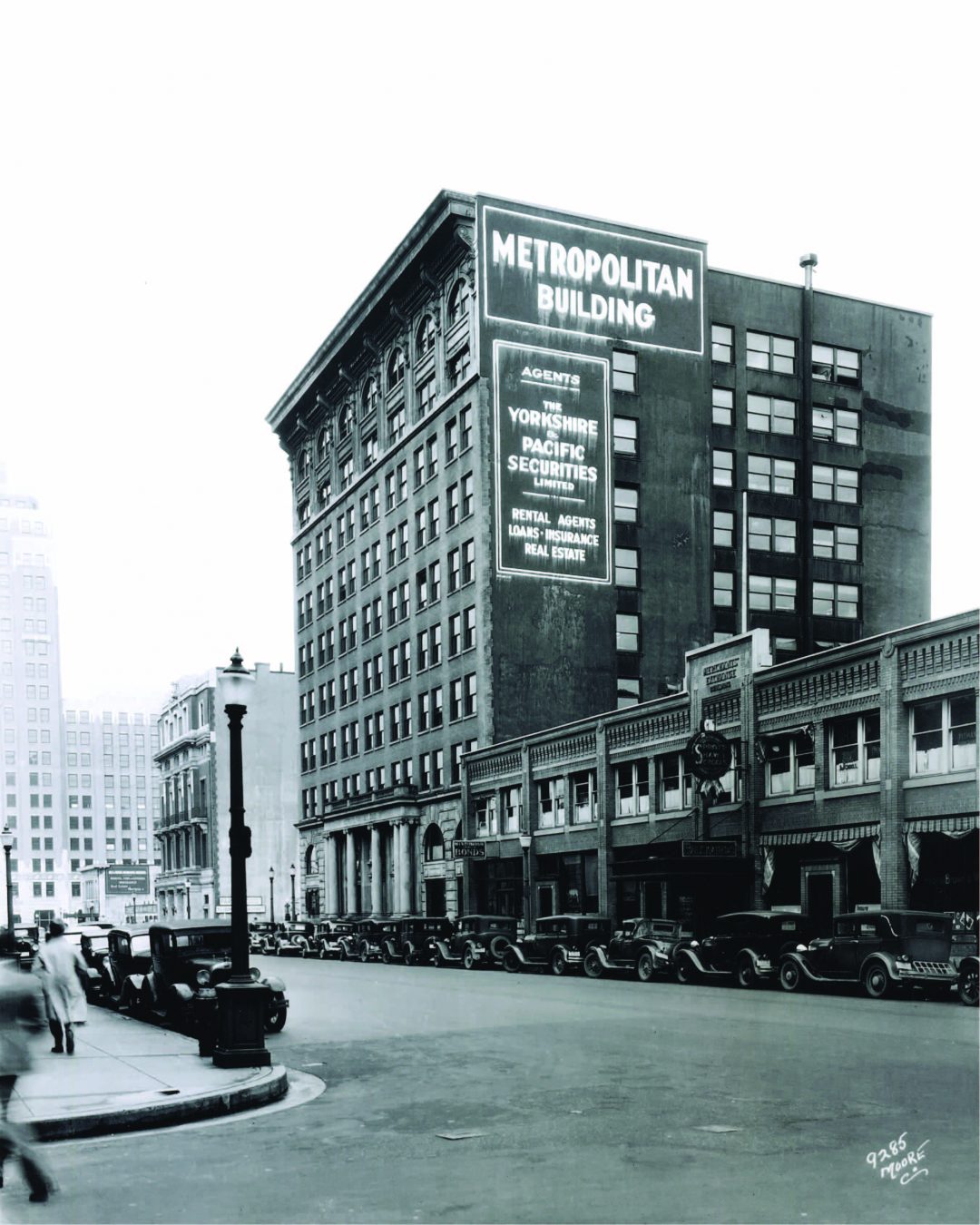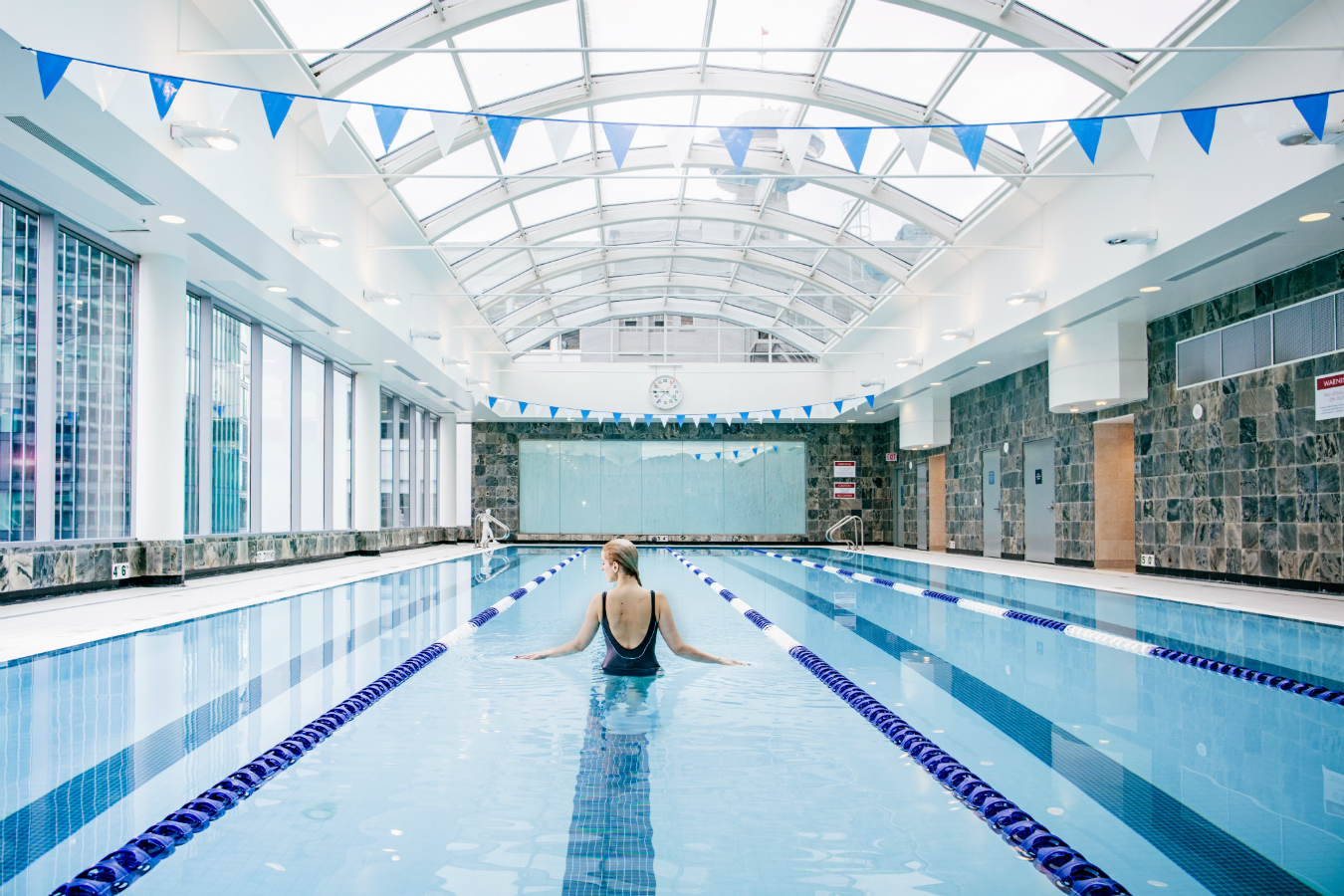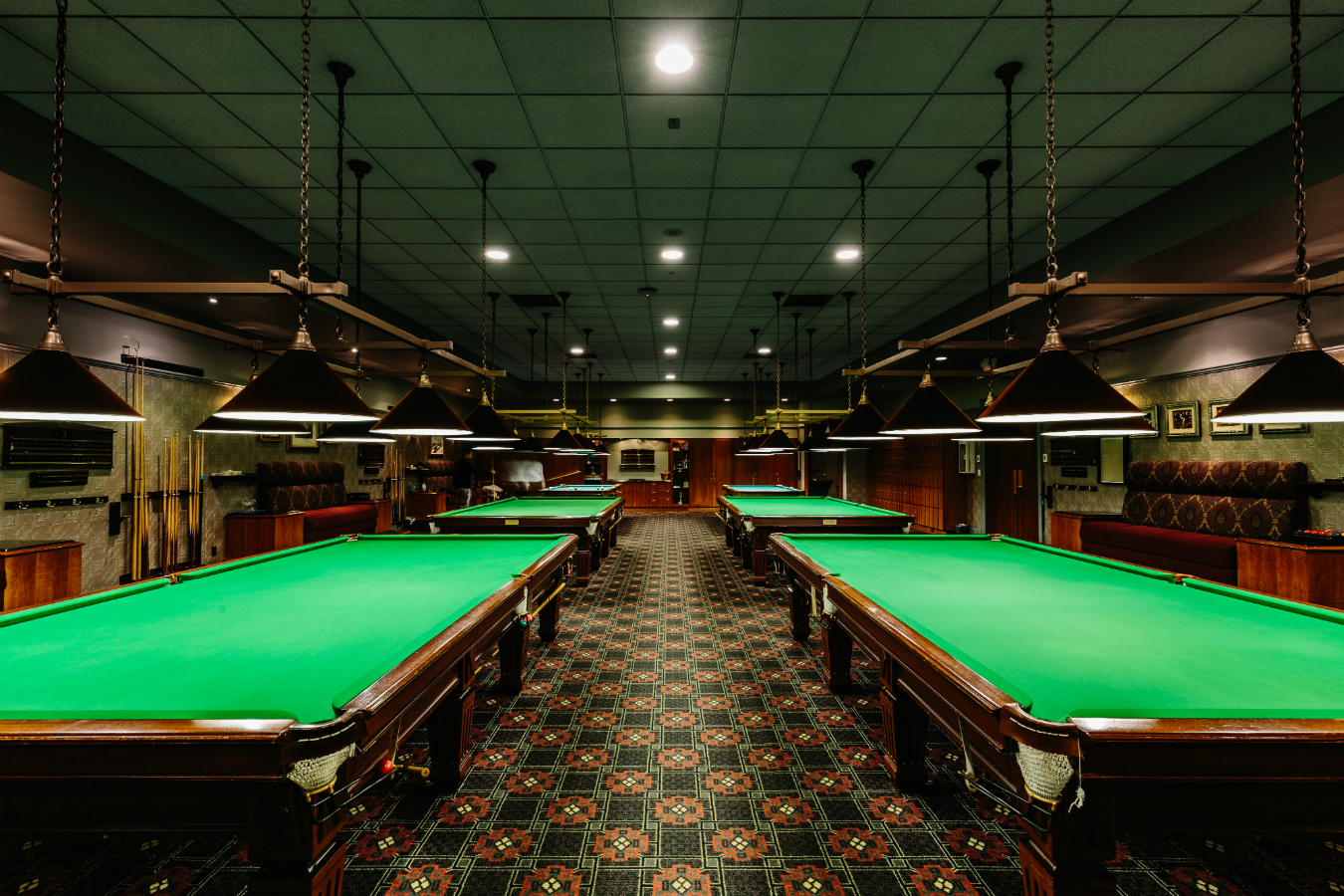Everyone in town knows its name, but hardly anyone gets to see inside the Terminal City Club—you must be a member to do that.
Vancouver‘s second-oldest private members’ club, which celebrates its 125th birthday in 2017, is a hidden playground for the city’s affluent and connected, featuring four dining rooms, a fitness centre, pool, squash courts, licensed patios, and 11 banquet rooms equipped with state-of-the-art audio/visual equipment. Lists of past members read like a who’s-who of local notables, including sugar magnate B.T. Rogers, Premier W.J. Bowser, Mayor L.D. Taylor, and members of the Oppenheimer family.
Today, the club hosts close to 2,000 members from its home at 837 West Hastings. And while there is a dress code (“smart casual”), and some restrictions on the use of cellphones, the vibe is friendly, and staff seem to know virtually every member by name; Charlene McGarry, who has worked here for close to 30 years, estimates she knows at least 1,500 members’ names, as well as many of their spouses and children. Throughout the building are untold curiosities from the club’s 100-plus-year history: the statues on the pool deck were donated by B.T. Rogers; the snooker tables were custom-made and shipped from England; and the liquor lockers upstairs are a holdover from the post-Prohibition years, when the club sold mix and ice to get around provincial regulations. And while the decor is strictly modern, there are also plenty of pieces from the Metropolitan Building—the club’s home for more than 80 years—including artwork, chandeliers, and an impressive stained-glass cupola in the lobby.
Originally known as the Metropolitan Club, the Terminal City Club can trace its origins back to 1892, when it was founded by then-mayor Frederick Cope and a small group of local businessmen. By the 1910s, it was one of seven such organizations, including The Vancouver Club (which still exists today), the Engineers’ Club, and the University Club. Then, as now, it was as much a place to socialize as it was to conduct business; members ate, drank, played poker, used the fitness centre, and occasionally passed out in the attached bedrooms after a long night. They also smoked. A lot. In fact, over a two-year period, the Terminal City Club’s roughly 500 members purchased nearly 45,000 cigars. “Thankfully, the one thing they did not bring over into the new club’s billiard room was the smell of cigars,” chuckles Nick Shaw, a club employee for an impressive 52 years. “Because they could never get that cigar smell out of the wallpaper or the upholstery.”
Shaw is one of the few remaining workers who remembers the old Metropolitan Building, which was completed in 1912 and featured velvet carpets, tapestries, mahogany writing desks, and floral decorations that were much admired during a grand opening gala reported on by the Province. “It was all shirt-and-tie when you came in,” Shaw recalls. “And the ladies weren’t allowed to cross the foyer unescorted. They were brought into the lounge area, and members had to sign them in at the front desk.”
While the Terminal City Club has always been exclusive, its early years were even more so—in a negative sense of the word. For much of the 20th century, the club, like all of Vancouver’s private-members’ establishments, was a men-only affair. Female guests were forbidden from entering certain areas, and even had their own entrance. In fact, until 1950, men and women couldn’t even have a drink together outside of a place known as the “strangers’ room” (where, on one occasion, an unfortunate member was expelled after he was caught with a prostitute). Likewise, those of Jewish origin were denied entry (with the notable exception of Milton and Solomon Oppenheimer), and as recently as 1976, one Dr. Hugh Keenleyside lambasted Vancouver’s private clubs in the pages of the Province for their “rigid race qualifications.” And while the Terminal City Club began admitting Jewish members starting in 1970, women weren’t granted membership until 1991.
“I was one of the first women to serve in the dining room,” McGarry recalls. “Back in those days, women just weren’t allowed to serve in the dining room at night. We were allowed to bus, but not to serve.” Today, more than one-third of the club’s members are women. And alongside its new digs, the club has redefined its image for the 21st century. Members can enjoy wine tastings, live music, personal training sessions, and licensed patios. And thanks to the 1998 rebuild, the club now has multiple revenue streams: the land is leased to a number of different tenants, including the Lions Pub, Freshii, and the Auberge hotel. “We have residents, we have office space, we have a hotel,” explains general manager Peter Jackman. “And that paid for the rest of the club. It was a really early example of a mixed-use development. The rebuild really created a sustainable club that could bring in more than just food and beverage or membership dues.”
Over the past several decades, private members’ clubs have had to work harder than ever to keep up with the times, thanks to everything from shifting demographics, to the growing role of technology, to the changing demands of the business community. Still, the Terminal City Club’s membership has grown in recent years—something Jackman attributes to the lasting relationships formed between members and staff. Some, like Shaw, have known members for most of their lives (he’s been serving a gathering now called the Birthday Boys for 20 years). Others, like McGarry, have bonded with multiple generations. When asked about retirement, she chuckles as she declares, “They’re going to have to throw me out.”
Editor’s note: Hidden Vancouver is MONTECRISTO’s new digital series exploring some of the city’s most well-known and least-explored places. Is there a building you’ve always wanted to see the inside of? Email [email protected].
Read more from our Community section.













